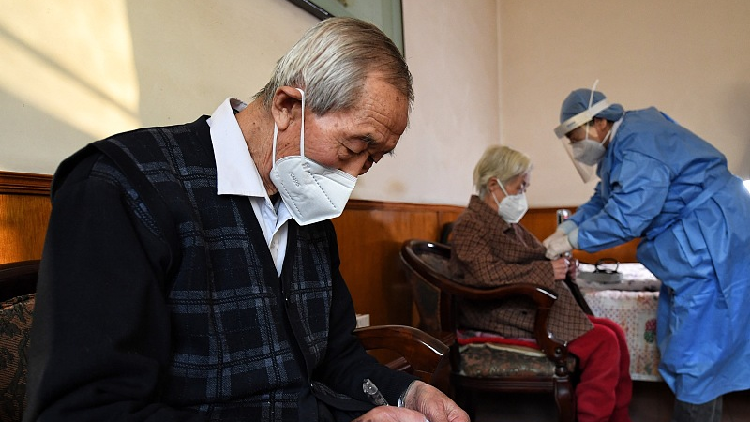Here’s how many lives Gov. Gavin Newson is claiming he saved with COVID-19 policies – OCRegister

Pandemic recap
Three years after being shut down, people still are getting sick from COVID-19, including Gov. Gavin Newsom, who tested positive this week.
California’s numbers
Data as of March 1 from the CDC.
Cases
12,101,930 total
30,628 cases per 100K
26,162 new cases in the past week
Deaths
100,426 total (0.8% of cases)
239 in the past week
254 deaths per 100K
Over the past three years, California has had drought, massive fires, the highest gas prices in its history, raging winter storms and like the rest of the world, the coronavirus pandemic.
California led the nation in COVID-19 cases and deaths.
On the bright, side the state’s death rate per 100,000 (254) is lower than most of the other highly-populated states, according to the Centers for Disease Control and Prevention.
The numbers are becoming politicized as Gov. Gavin Newsom’s office released a statement Feb. 28, 2023, “California’s death rate is the lowest amongst large states. If California had Texas’ death rate, 27,000 more people would have died here. If California had Florida’s rate, that figure jumps to approximately 56,000 more deaths.”
California’s death rate is about the same as Mexico, Spain and France, but not as low as Panama, Germany and Ecuador, which is close to 200 per 100,000.
Vietnam had about as many cases as California and its death rate is 44.37 per 100,000 people.
The governor’s note touches on economics coming out of the pandemic saying, “Since February 2021, California has created 1,628,300 new jobs – over 16% of the nation’s jobs, by far more than any other state. By comparison, Texas created 1,133,200 jobs (11.3% of the nation’s) and Florida created 787,600 jobs (7.9% of the nation’s) in that same time frame.”
The statement does not mention California’s 40 million population is larger than Texas by 10 million people and nearly twice as many as Florida’s 22 million people.
California’s unemployment rate was higher during the pandemic as well. In January 2022, California’s unemployment rate was 5.8%, Texas 4.8% and Florida 3.5%.
In the spring of 2020, all three states hit historical highs for unemployment. California was highest with 16.8%, Florida was 14.1% and Texas was 12.8%.
COVID-19 still is an issue as the state averaged more than 2,000 new cases a day in the first week of March and the state had 2,336 patients hospitalized for the virus Monday. At its peak in January 2021, more than 21,000 people were hospitalized in California.
Recent transmission in California
This map shows the percentage change in level of transmission compared to the previous seven-day period. The map is as of Feb. 23 through March 1.
No more tiers
Early in the pandemic, the state had a four-color metric and enacted shutdowns when areas were in the purple (widespread) tier and red (substantial) tier. If the state’s four-color tier system still was in place, its 6.9 new cases per 100,000 and 6.5% test positivity rate as of Tuesday would be in red.
California’s COVID-19 State of Emergency was declared officially over Feb. 28.
Vaccines
The chart is from the California Department of Public Health. It defines a vaccinated hospitalization as one that occurs in a person who received at least two doses of the Pfizer or Moderna vaccines or one dose of the Johnson & Johnson vaccine at least two weeks before they tested positive for COVID-19.
An unvaccinated case, hospitalization or death is one that occurs in a person who has not received a COVID-19 vaccine.
Calculating rates by vaccination and booster status is affected by several factors that make interpretation of recent trends especially difficult. Factors including immunity from prior infection, waning protection related to the amount of time since vaccination and differences in prevention and testing behaviors by age and vaccination status have a growing impact on data over time.
Deaths
Weekly trends in number of COVID-19 deaths in California reported to the CDC
In accordance with the Council of State and Territorial Epidemiologists, the definition of COVID-19 cases and death counts for many jurisdictions include both confirmed and probable COVID-19 cases and deaths.
Cases and deaths compared
The distribution of confirmed COVID-19 cases and deaths reveals significant disparities across California’s age groups. People 18-49 have a disproportionate number of cases. People 65 and over have a disproportionate number of deaths.
Sources: California Department of Public Health, CDC, Johns Hopkins Coronavirus Resource Center, California Governor’s Office, Bureau of Labor Statistics








